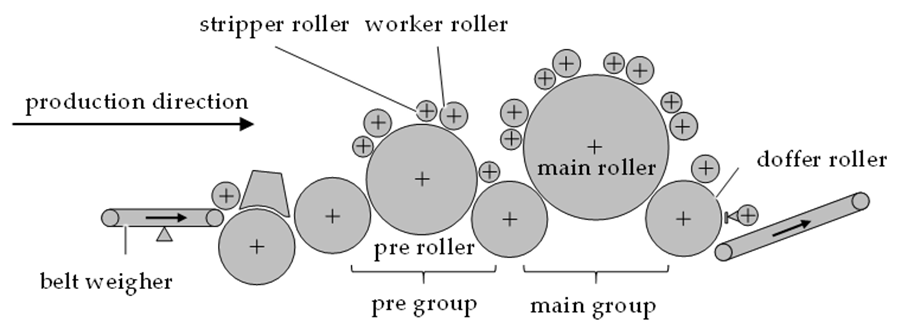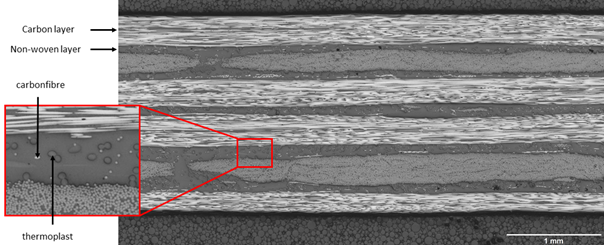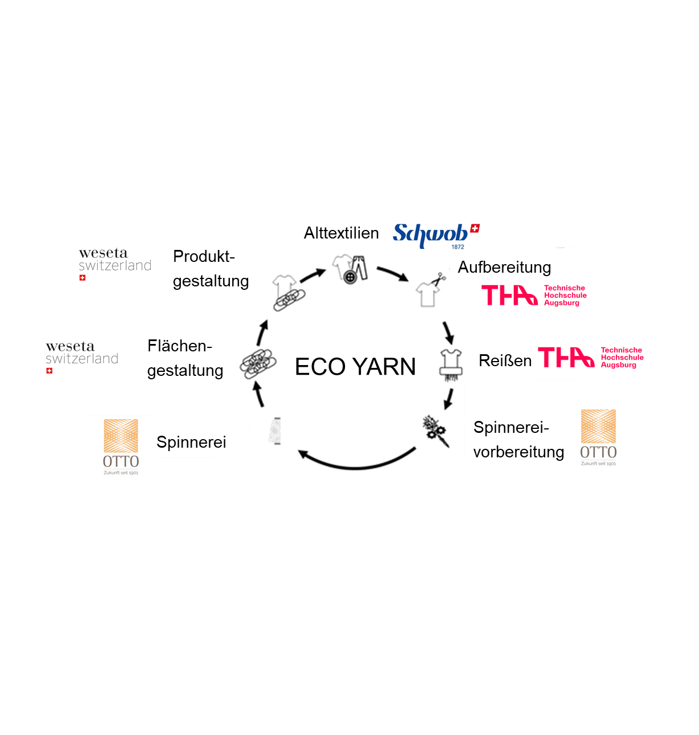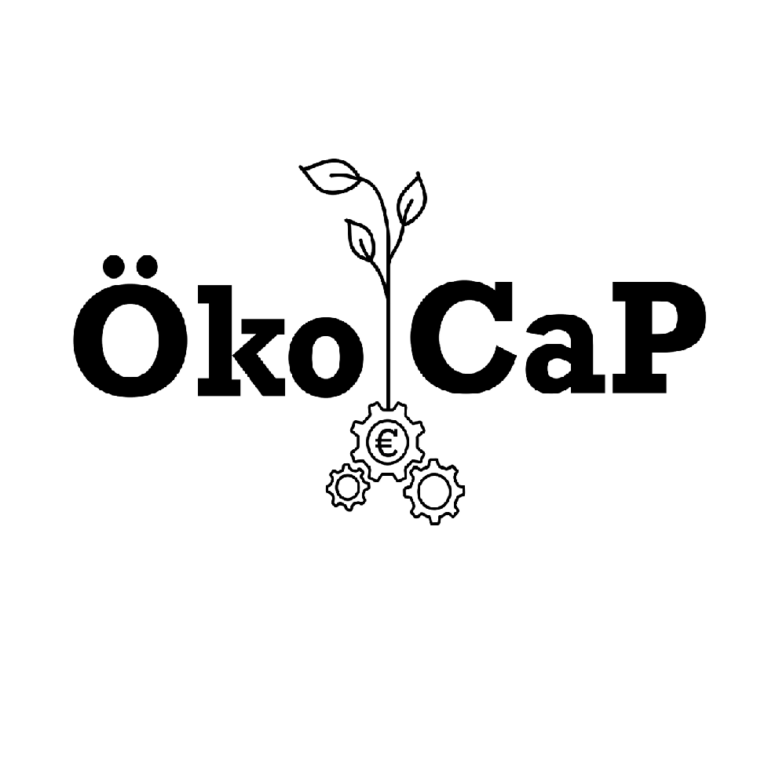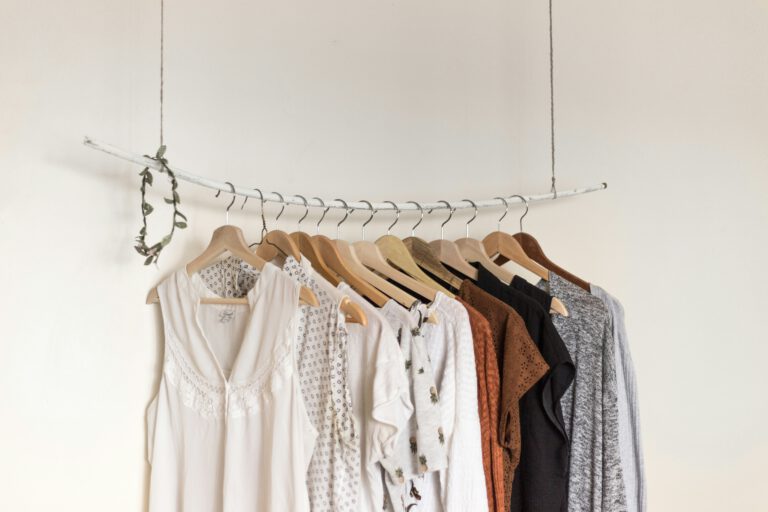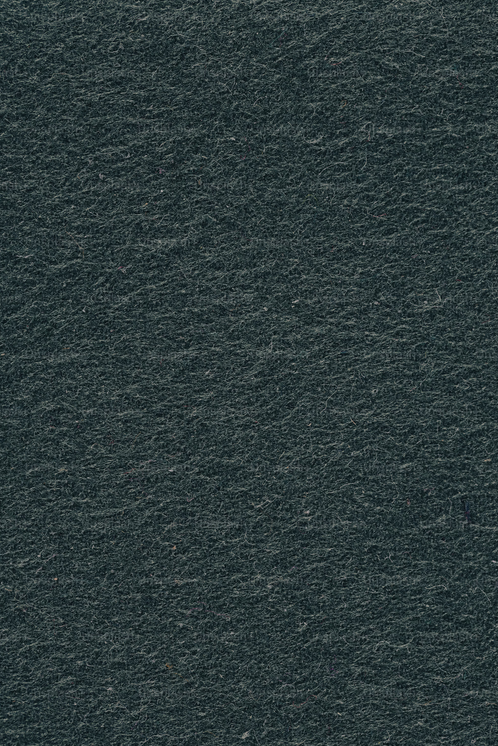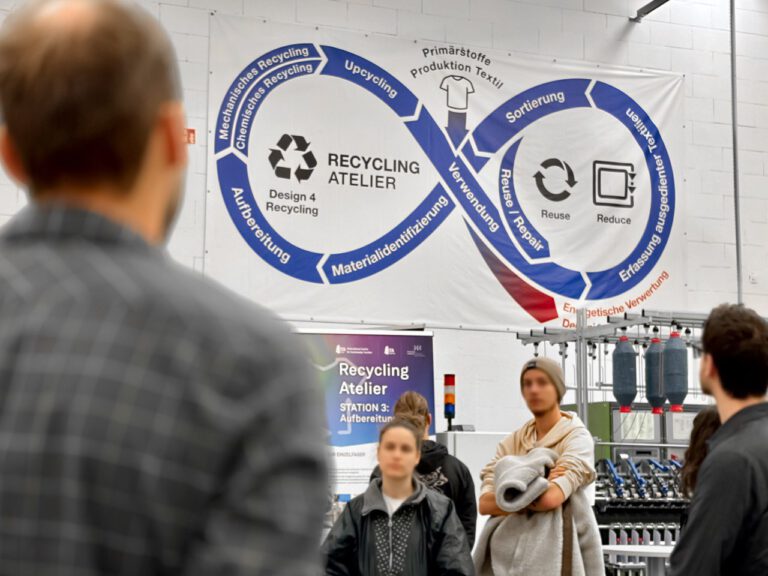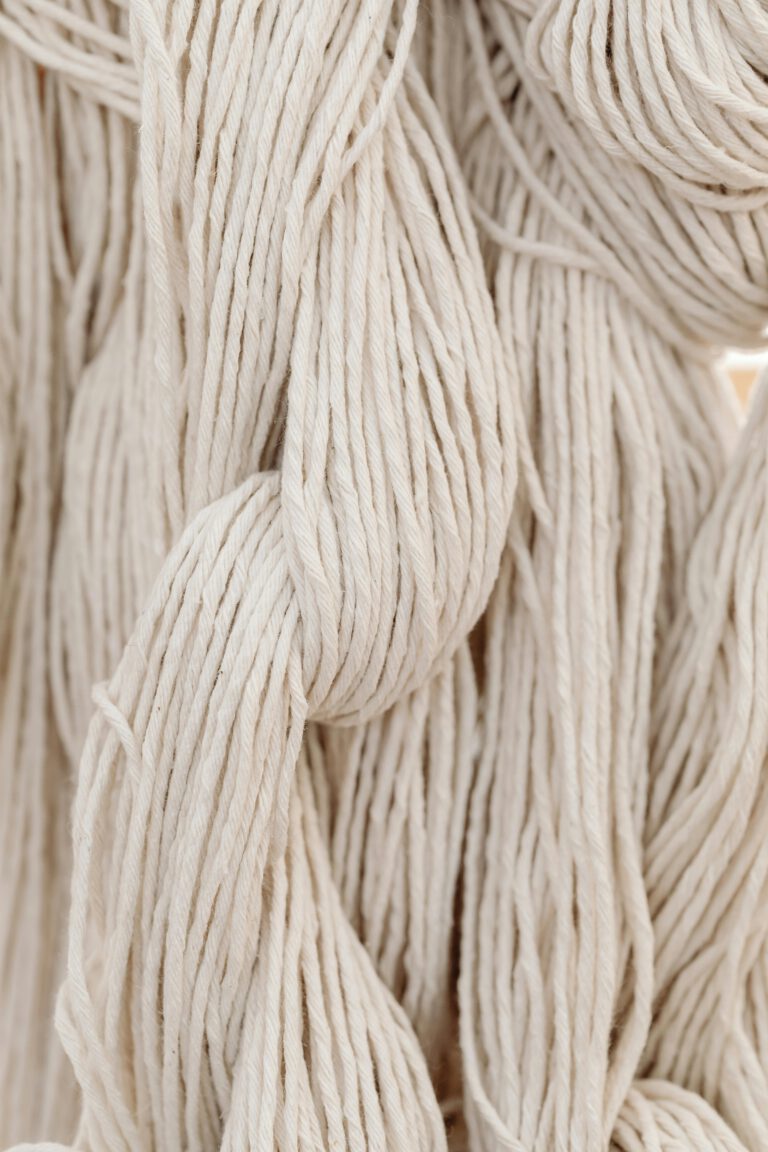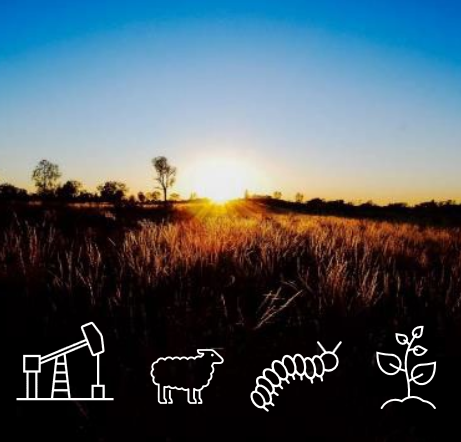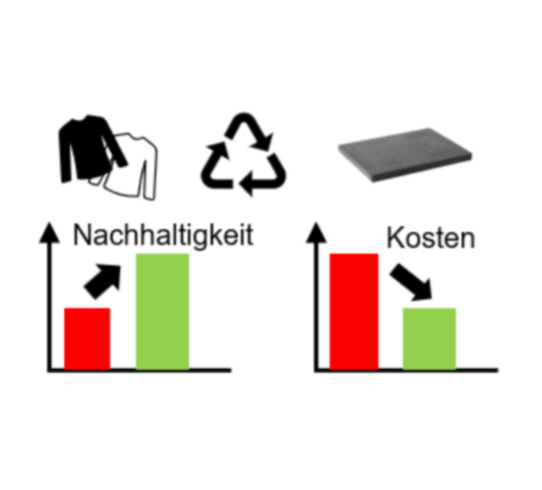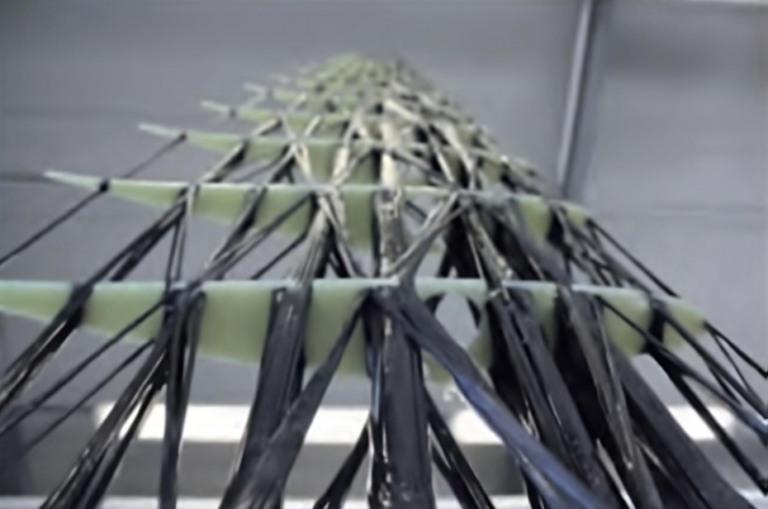Our objective is to develop a multi-component non-woven material that can improve the resin transfer molding (RTM) process in several ways. First, we aim to incorporate binder functionality into the non-woven material, eliminating the need for additional binder materials. Second, we plan to include infusion functionality in the non-woven material to enable a faster and more stable process. Finally, we aim to enhance impact properties of the final product through the inclusion of an interleaf-layer, resulting in an improved overall product quality. By achieving these objectives, we hope to contribute to the development of more efficient and cost-effective manufacturing methods, while also improving the performance and quality of the final products.
Unsere zwei Standorte in Augsburg finden Sie hier.
Hauptsitz
Google Maps
Google Karte laden
Die Karte wurde von Google Maps eingebettet.
Es gelten die Datenschutzerklärungen von Google.
Technikum
Google Maps
Google Karte laden
Die Karte wurde von Google Maps eingebettet.
Es gelten die Datenschutzerklärungen von Google.
- Telefon:
- E-Mail:

